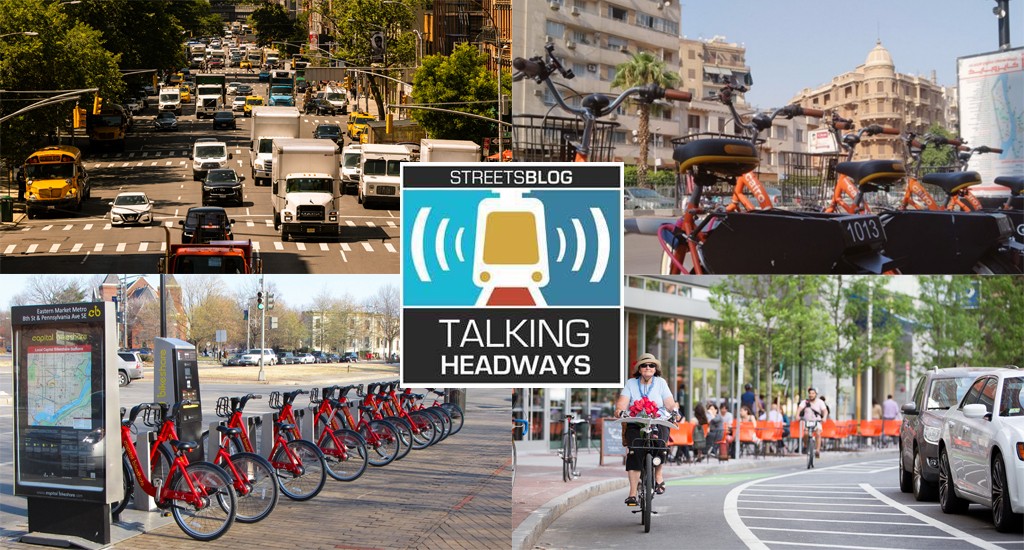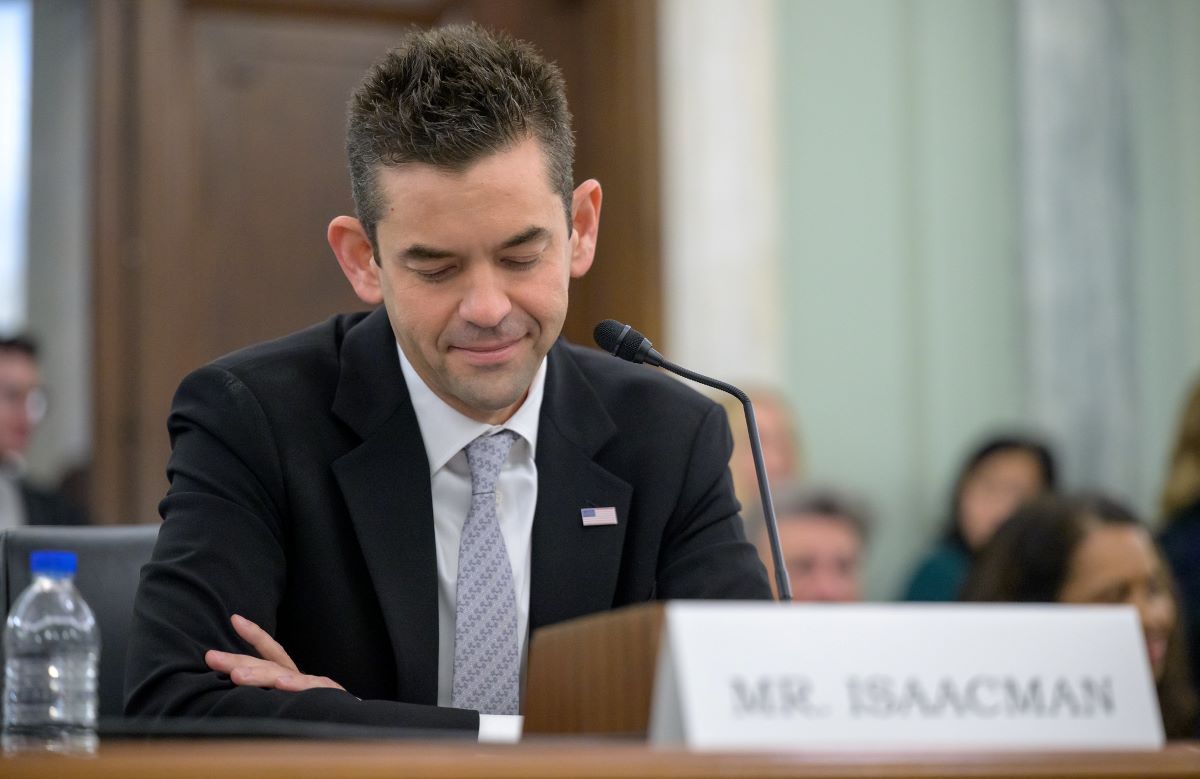This week, we're joined by Hussein Mahfouz of Transport for Cairo and Adham Kalila of Streetlight Data to talk about their new report created for NUMO, "All Possible Commutes: How Micromobility and Realistic Car Travel Times Impact Accessibility Analysis." We learn about measuring car travel more accurately, how micromobility can improve accessibility, and a bit about transportation in the Cairo metro region.
Listen below. A full, unedited transcript of our conversation can be found here. Scroll down on this page for an excerpt.
Jeff Wood: You report takes a new and different approach to modeling access by different modes, including cars, which have been modeled a certain way forever. Why do we need a fresh outlook on this discussion about accessibility for transportation modes?
Adham Kalila: Accessibility has been measured in numerous ways with different limitations throughout the academic literature. What we’ve found is that most of the time it’s very hard for researchers to get realistic information, especially speeds for cars. That’s one thing we did to get a more accurate representation of access in the city, is [find out] how fast our cars driving on every road and not just the average or the free flow or the theoretical speed on every road — we didn’t stop there. We also tried to model realistic conditions for every mode that we modeled. So, for public transport we used GTFS that takes into account the schedule differences in rush hours, for example, versus non-rush hour times.
For bicycles, we made sure to route on specific roads that had [high levels] of traffic stress, which is a measure of how dangerous driving on a road can be, to ones that were easy and moderate, so that we can model a bigger part of society and not just the most avid bike riders. And then for micromobility, we also modeled risk, risk constraints, constraints in finding a bicycle and also how it kind of combined with other modes. Like when you leave your house, you can make a realistic choice of, "So I want to take a shared bicycle, or do I want to just walk to the station? Which one improves my overall trip?"
Hussein Mahfouz: Perhaps it’s good to make a distinction between how we see access and accessibility. I'll mention a few measures. When people say access they mean like proximity to transit stop, whether it’s a bus or a metro stop, and that can be a measure in itself — like, "How many bus stops are within a 500 meter distance or a 10 minute walk?" If you want to get more nuanced you say, "But actually how many buses pass through these stops?" That’s still access —to measure of like where you can walk, what public transport do you have access to?
And then accessibility can be seen as more of where can they take these buses or this metro, where can it take me, so not just what bus can I access but where can this bus take me? So accessibility is more of a measure of what opportunities do I have to access the public transport network. This measure of accessibility has been further extended to look at temporal variations in accessibility. So how many opportunities do I have access to at different times of day? How many hospitals do I have access to at different times of day, because the transit schedule like changes throughout the day?
In that sense, like this is all quite well established in in the literature. What we did was to build on that by including micromobility, because a lot of the research on accessibility does not include micromobility as part of like a multimodal trip. A lot of the the literature focusing on micromobility itself focuses on it on its own. We didn’t really find literature that mixes or like combines the two when calculating accessibility to opportunities. That was one of our main contributions.






